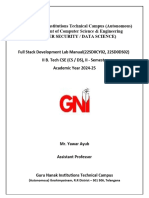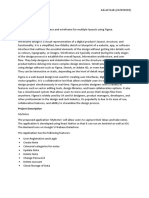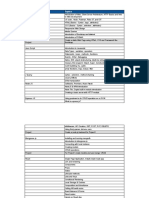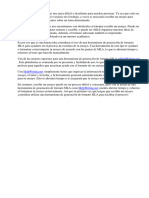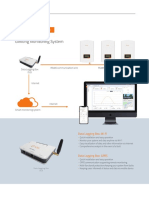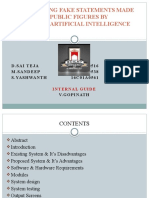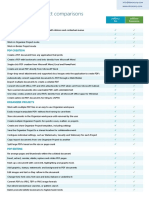0% found this document useful (0 votes)
28 views10 pagesFSD (Part - 1)
The document outlines the creation of various web forms including customer and employee registration forms using HTML, as well as the development of a dynamic unordered list with JavaScript. It also discusses the implementation of a Mutation Observer for detecting DOM changes, a basic MERN stack application with JWT authentication, and methods for deploying a simple React application. Additionally, it covers JavaScript browser events and their handling, along with React class components and ES6 features relevant to React development.
Uploaded by
venkat MohanCopyright
© © All Rights Reserved
We take content rights seriously. If you suspect this is your content, claim it here.
Available Formats
Download as PDF, TXT or read online on Scribd
0% found this document useful (0 votes)
28 views10 pagesFSD (Part - 1)
The document outlines the creation of various web forms including customer and employee registration forms using HTML, as well as the development of a dynamic unordered list with JavaScript. It also discusses the implementation of a Mutation Observer for detecting DOM changes, a basic MERN stack application with JWT authentication, and methods for deploying a simple React application. Additionally, it covers JavaScript browser events and their handling, along with React class components and ES6 features relevant to React development.
Uploaded by
venkat MohanCopyright
© © All Rights Reserved
We take content rights seriously. If you suspect this is your content, claim it here.
Available Formats
Download as PDF, TXT or read online on Scribd
/ 10

